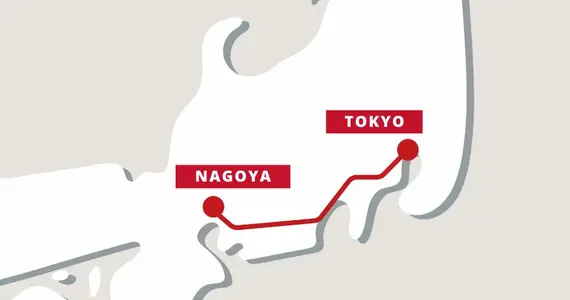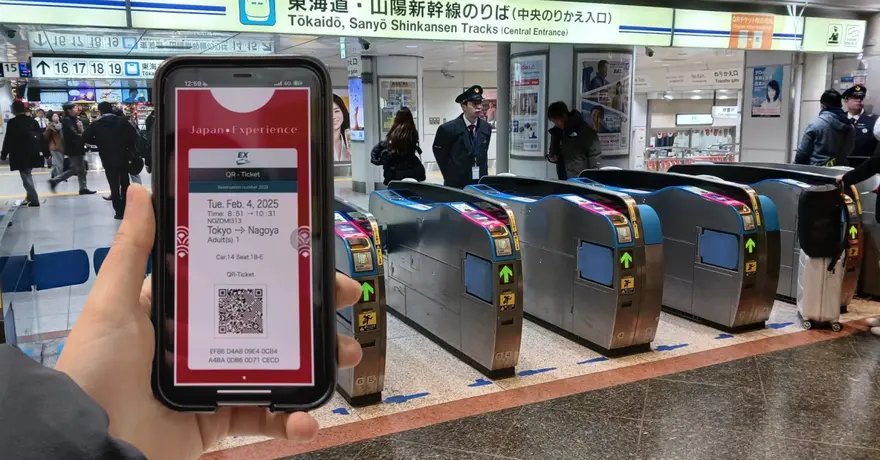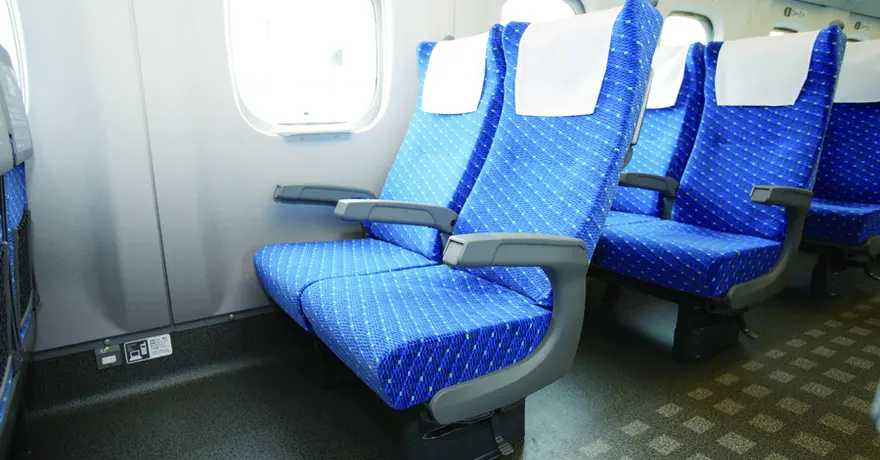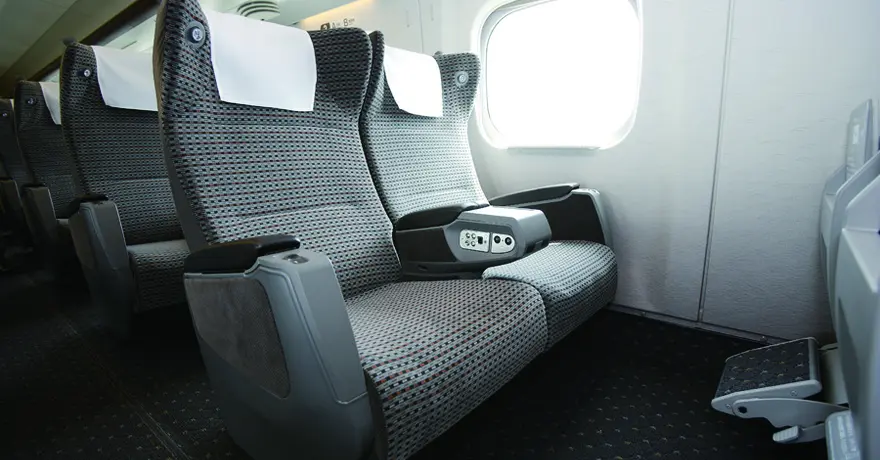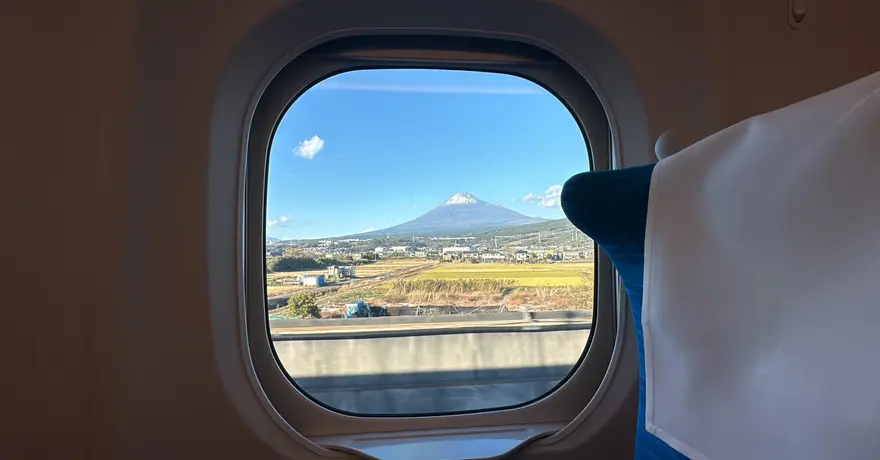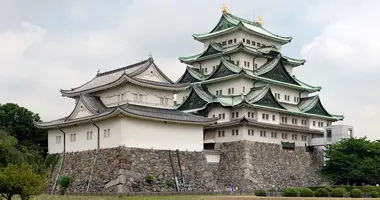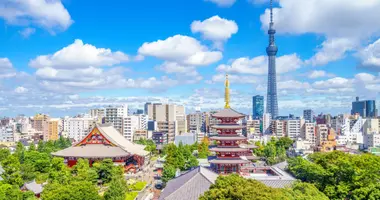Train Tickets from Nagoya to Tokyo
Official train tickets seller
Choose your preferred seat
7/7 Assistance
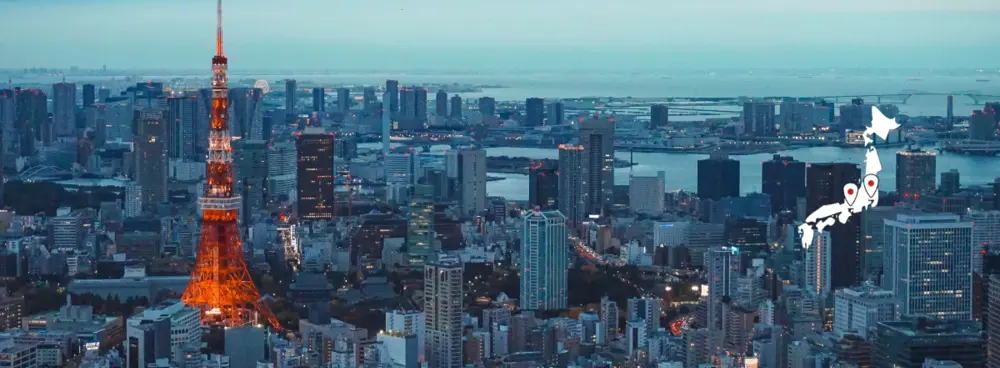
Travel conditions
Ticket type
Passenger information
Seating options
Buy your train tickets in Japan in 3 easy steps
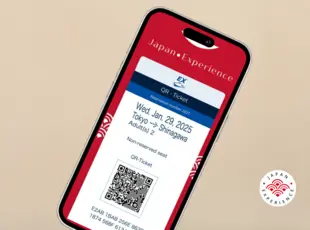
Choose and buy your train tickets for your preferred travel date
Receive your e-ticket one month before departure
Scan your e-ticket in train stations in Japan
Trains in Japan: what does it look like?
What our customers say about us
Travel advice from our Japan train expert
Traveling by train in Japan
Japan boasts a highly developed rail system, making it an incredibly practical mode of transportation for both locals and visitors. As a result, many people find themselves using trains almost every day, whether it's their local lines or the renowned Shinkansen bullet trains. For those embarking on their first journey to Japan, the significance of train travel during their stay is likely to be a consideration.
Although train travel is a common aspect of life in Japan, there are several factors that first-time travelers should be aware of or prepare for before they board. This is true even for those coming from countries where train travel is already a significant part of the culture.
What makes trains so popular in Japan?
Japan's rail system is recognized as one of the finest globally. Riding the train in Japan can be described in three words: efficient, fast, and clean. Until you experience it firsthand, it can be difficult to grasp just how easy and remarkably convenient train travel is in Japan. Even with millions of passengers using the system daily, trains remain impeccably clean, punctual, and well-maintained. For many, this may seem like a dream compared to the train networks in their own countries.
There are numerous factors contributing to this remarkable railway system, but it primarily stems from Japan's dependence on imported fossil fuels, which led the nation to make significant investments in its train transportation network. Since the late 1800s, Japanese train companies have been constructing lines to transport people and goods efficiently from one location to another, and as a result of this extensive network, cities began to develop around train stations. Unlike much of Western urban development that prioritized car-centric infrastructure, Japan largely shaped its urban expansion around these train hubs. In most Japanese cities, you will find that train stations serve as the economic and demographic heart of the area.
Through strategic investment in its rail system, Japan has successfully established one of the most dependable, swift, and secure railway networks globally!
Shinkansen information
Tokyo and Nagoya are connected via the Tokaido Shinkansen, which goes between Kanto and Kansai. The fastest of these trains is the Nozomi Shinkansen, which takes travelers to these cities within 1.5 hours. From Tokyo, travelers can depart from either Shinagawa Station or Tokyo Station, then get off at Nagoya Station to be right in the city center. On the Shinkansen itself, there are onboard amenities such as power outlets and reclining seats. Enjoy your time commuting in Japan in style and comfort. Shinkansen trains available on this route are the Nozomi, Hikari, and Kodama trains.
How to get to Nagoya Station
Nagoya is located at the intersection of three different prefectures: northeast of Mie Prefecture, at the base of Gifu, and the home prefecture of Aichi. Nagoya Station facilitates easy access to all of these prefectures as well as the numerous attractions located inside Nagoya. Among the notable lines that stop at Nagoya Station are the JR Tokaido Line, the JR Chuo Line, which really starts in Tokyo, and the JR Kansai Line, which travels from Osaka and Kyoto.
Where to go from Tokyo Station
The main Shinkansen train departure point in Tokyo, Tokyo Station, is located in the heart of the city at the intersection of several public transportation routes. Many JR lines, including the Chuo, Keiyo, Sobu, and Yamanote lines, stop at Tokyo Station. In addition, Tokyo Station serves as the center for several bus routes, the Marunouchi metro line, and airport shuttles.
